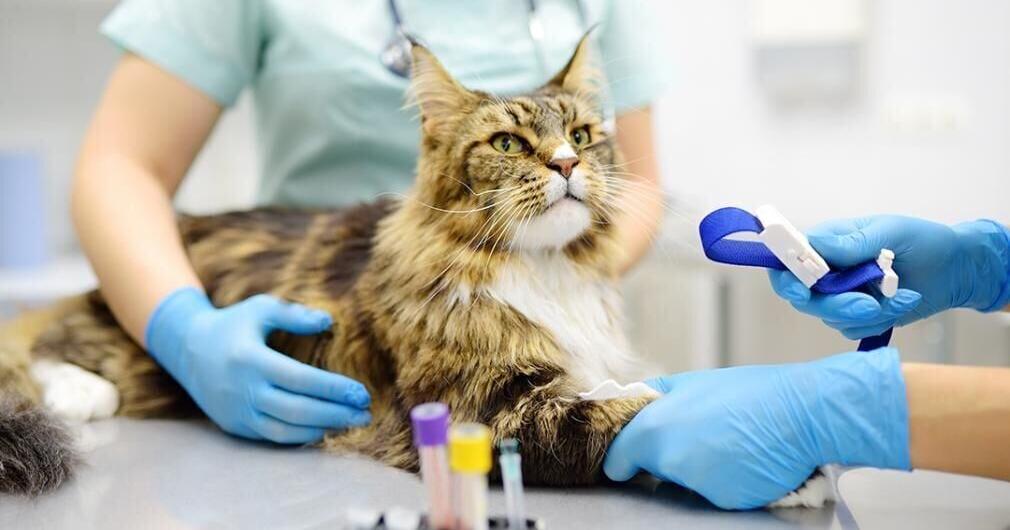Prediabetes is a widespread condition that often goes undiagnosed, affecting approximately 98 million adults in the United States, according to the Centers for Disease Control and Prevention (CDC). This precursor to Type 2 diabetes increases the risk of serious health issues, including heart disease and stroke. Understanding the signs of prediabetes is crucial for early intervention and management.
Understanding Prediabetes
Dr. Florence Comite, an endocrinologist and a leader in precision medicine, describes prediabetes as a warning sign. It indicates that glucose levels are not optimal, yet not high enough to be classified as diabetes. “Think of it as a warning shot to wake up and take control of your glucose before there is serious damage to your tissues and organs,” she explains.
Typically, prediabetes is linked to insulin resistance, a condition that can exist for years without symptoms. Dr. Comite clarifies that insulin resistance occurs when the body’s cells fail to respond effectively to insulin. This resistance leads to increased glucose levels, which can cause damage to various organs over time. As prediabetes progresses to diabetes, symptoms become more pronounced, making early recognition and management essential.
Identifying Symptoms of Prediabetes
Prediabetes often presents no clear symptoms, making it difficult for many individuals to recognize their condition. Among the few indicators, chronic fatigue stands out. Many do not connect fatigue with glucose issues, attributing it instead to stress or lack of sleep. Dr. Comite emphasizes that other subtle signs include increased thirst and frequent urination, which are frequently dismissed.
Some symptoms that may not be immediately associated with prediabetes include irregular meal patterns, which can lead to jitteriness or irritability after carbohydrate-heavy breakfasts. Insomnia can also be a factor, influenced by fluctuating glucose levels or dietary choices. In some cases, individuals may notice tingling in their extremities or changes in skin pigmentation, particularly in areas like the neck and armpits.
For a definitive diagnosis, Dr. Comite recommends annual check-ups that include fasting glucose, hemoglobin A1c (HbA1c), and fasting insulin tests. If results indicate abnormalities, prompt action is crucial.
Strategies for Managing and Reversing Prediabetes
Once diagnosed, several effective strategies can help manage and potentially reverse prediabetes. Dr. Comite outlines key actions individuals can take:
1. **Weight Management**: Reducing body weight is one of the most impactful ways to lower diabetes risk. The American Diabetes Association states that losing just 7 to 10 percent of body weight can significantly prevent the progression from prediabetes to diabetes. A recent study in the United Kingdom found that nine out of ten individuals who achieved a 10 percent weight loss within five years were able to attain remission from diabetes.
2. **Increase Physical Activity**: A sedentary lifestyle contributes to heightened diabetes risk. Dr. Comite recommends engaging in regular physical activities such as walking, swimming, or gardening. Incorporating high-intensity interval training (HIIT) and resistance exercises can further enhance glucose control.
3. **Prioritize Sleep**: Quality sleep plays a crucial role in metabolic health. Dr. Comite advises aiming for six to eight hours of restorative sleep each night. Insufficient sleep can elevate cortisol levels, subsequently raising blood sugar and increasing cravings for high-carbohydrate foods.
Recognizing the signs of prediabetes and taking proactive steps can significantly alter one’s health trajectory. With early diagnosis and lifestyle adjustments, individuals can mitigate the risks associated with this common condition.







